balita
-
 Anionic Polyacrylamide, commonly referred to as anionic PAM, holds a significant place in various inBasaha ang dugang pa
Anionic Polyacrylamide, commonly referred to as anionic PAM, holds a significant place in various inBasaha ang dugang pa -
 In the realm of water treatment and industrial applications, amphoteric polyacrylamide (APAM) standsBasaha ang dugang pa
In the realm of water treatment and industrial applications, amphoteric polyacrylamide (APAM) standsBasaha ang dugang pa -
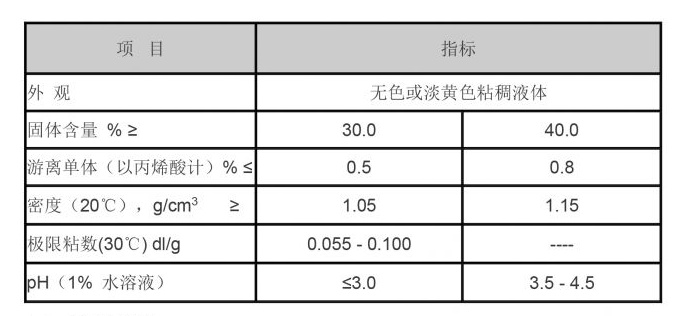 Polyacrylamide (PAM) has emerged as a key player in the water treatment industry, renowned for its vBasaha ang dugang pa
Polyacrylamide (PAM) has emerged as a key player in the water treatment industry, renowned for its vBasaha ang dugang pa -
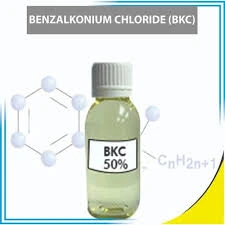 HydroBasaha ang dugang pa
HydroBasaha ang dugang pa -
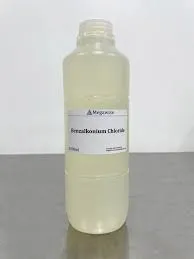
Basaha ang dugang pa -
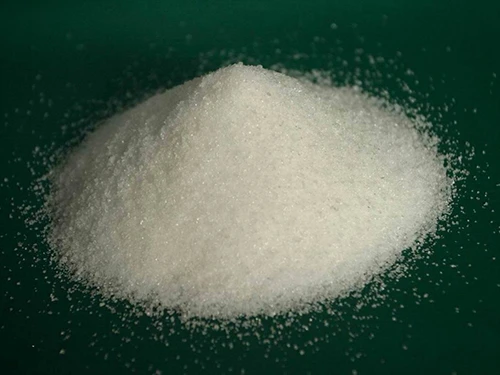 NonioniBasaha ang dugang pa
NonioniBasaha ang dugang pa -
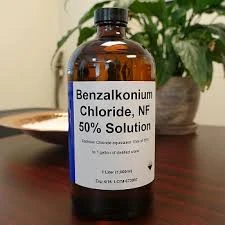 Cationic polyacrylamide (Cationic PAM) is rapidly gaining traction across diverse industrial sectorsBasaha ang dugang pa
Cationic polyacrylamide (Cationic PAM) is rapidly gaining traction across diverse industrial sectorsBasaha ang dugang pa -
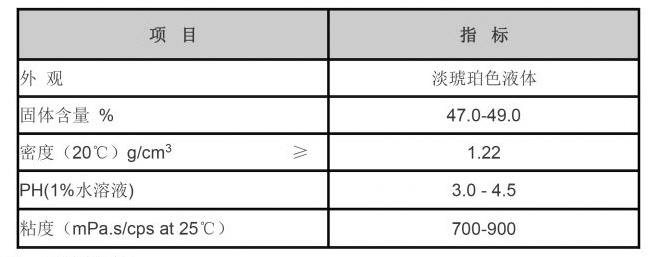 Polyacrylamide, commonly referred to as PAM,Basaha ang dugang pa
Polyacrylamide, commonly referred to as PAM,Basaha ang dugang pa -
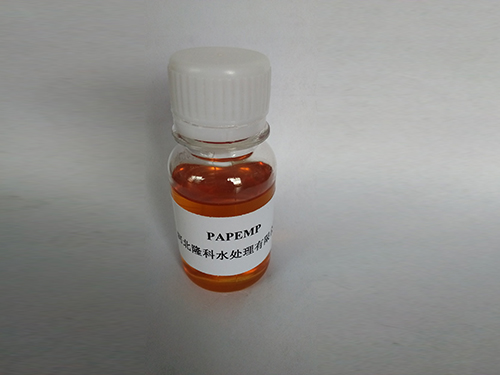 Polyacrylamide flocculants have become a pivotal tool in modern water treatment strategies, offeringBasaha ang dugang pa
Polyacrylamide flocculants have become a pivotal tool in modern water treatment strategies, offeringBasaha ang dugang pa -
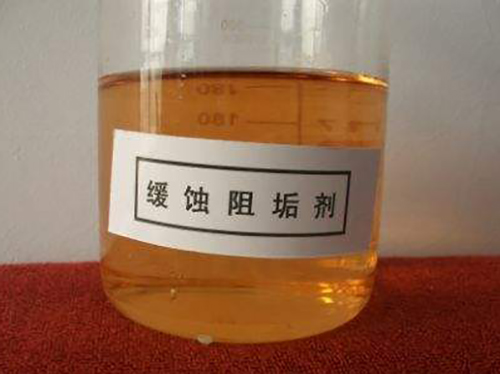 Polyacrylamide (PAM) flocculants have emerged as a pivotal solution in water treatment, mining, andBasaha ang dugang pa
Polyacrylamide (PAM) flocculants have emerged as a pivotal solution in water treatment, mining, andBasaha ang dugang pa
Pinakabag-o Balita ug Blogs
tan-awa ang dugang -
 Understanding Polycarboxylic Acids: Properties, Applications, and Future PotentialPolycarboxylic acids are a versatile group of polymers widely used in water treatment, cleaning products, concrete admixtures, textiles, and even sustainable materials.basaha pa
Understanding Polycarboxylic Acids: Properties, Applications, and Future PotentialPolycarboxylic acids are a versatile group of polymers widely used in water treatment, cleaning products, concrete admixtures, textiles, and even sustainable materials.basaha pa -
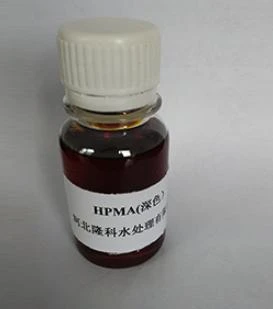 Scale Inhibitor Explained: How to Protect Your System from Limescale and Hard Water DamageIn water systems—from industrial boilers and cooling towers to household appliances—scale is a persistent enemy.basaha pa
Scale Inhibitor Explained: How to Protect Your System from Limescale and Hard Water DamageIn water systems—from industrial boilers and cooling towers to household appliances—scale is a persistent enemy.basaha pa -
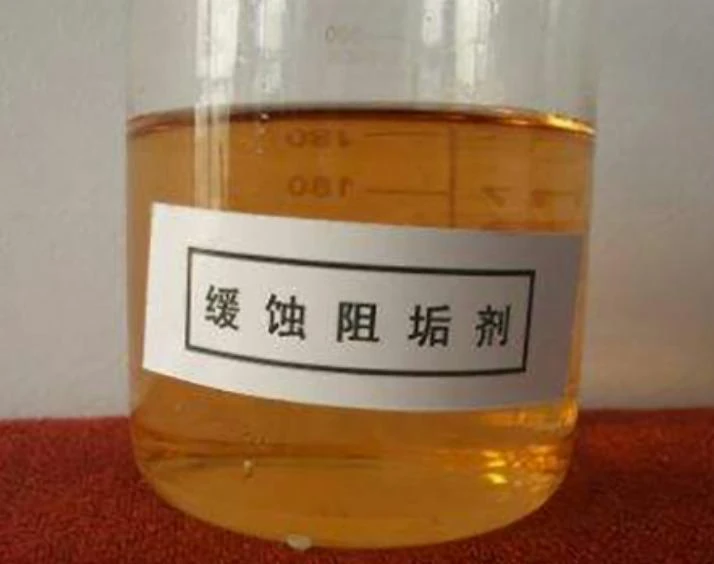 Scale and Corrosion Inhibitors: Essential Chemicals for Industrial Water System ProtectionIn industrial water systems—cooling towers, boilers, heat exchangers, pipelines, and RO systems—two silent threats can cause serious damage over time: scale formation and corrosion.basaha pa
Scale and Corrosion Inhibitors: Essential Chemicals for Industrial Water System ProtectionIn industrial water systems—cooling towers, boilers, heat exchangers, pipelines, and RO systems—two silent threats can cause serious damage over time: scale formation and corrosion.basaha pa -
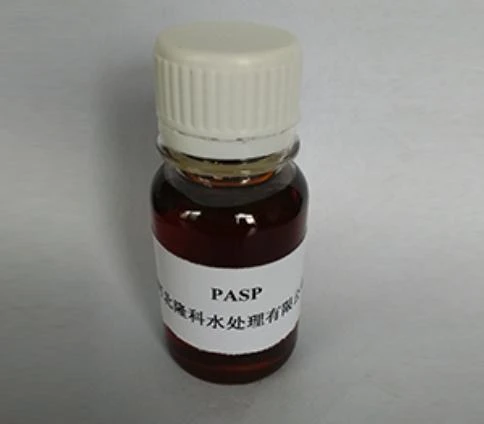 Polyaspartic Acid: A Biodegradable Polymer for Sustainable ChemistryAs industries move toward more sustainable materials, polyaspartic acid (PASP) is gaining traction across sectors—from water treatment and agriculture to coatings and biomedical applications.basaha pa
Polyaspartic Acid: A Biodegradable Polymer for Sustainable ChemistryAs industries move toward more sustainable materials, polyaspartic acid (PASP) is gaining traction across sectors—from water treatment and agriculture to coatings and biomedical applications.basaha pa






